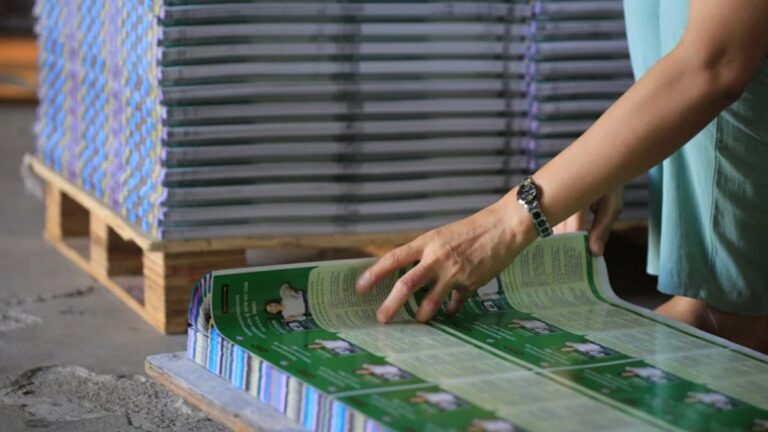Starting your own business and opening a store raises multiple questions for an entrepreneur, all of which require detailed study and analysis. One of the core considerations is selecting a proper business model.
Opening a wallpaper store can be a lucrative opportunity, particularly for those in search of a reliable customer base that is keen on refurnishing their homes.
When it comes to wallpaper business strategies, there are diverse aspects to consider, including the location of your store, the type of premises, and the choice of trade model. In this article, we will focus on the comparison of two wallpaper business models.
Wholesale or Print On Demand: A Brief Overview of Business Models
The key benefit of buying wallpaper wholesale is the ability to purchase it at lower prices compared to retail. When purchasing in bulk, manufacturers and suppliers frequently provide discounts or special conditions to attract wholesale buyers. This principle greatly reduces the cost per roll, which is a significant factor for clients who look to save cash. The wholesale model is focused on both large and small businesses that aim to purchase things in bulk.
Print on demand, or POD, is a business model where products are printed only when orders are received. This eliminates the necessity for significant investment in inventory and allows enterprises to offer a broad variety of customized products. POD is most commonly used for custom t-shirts, accessories, homeware, and similar products. This smart business approach is geared toward artists, designers, and entrepreneurs.
Every distribution model serves as a plan or description for opening and developing a company. The primary goal is to actively position goods and services, boost profitability, and speed up the payback period.
Within this framework, it is possible to outline a schematic study of the company’s business processes, including the personnel management system, operational regulations, methods of communication with clients, as well as monetization options.
Wallpaper Business Strategies: Pros and Cons
First, let’s examine the wholesale wallpaper revenue model, which stands out with its advantages and drawbacks.
Pros:
- Lower Cost Per Unit: Bulk pricing often reduces the per-roll cost significantly.
- Quick Fulfillment: Orders can be shipped quickly from your existing stock.
- Established Designs: Access to proven, in-demand wallpaper patterns from well-known brands.
- Predictable Quality: You benefit from physical samples and well-documented specifications.
Cons:
- Upfront Investment: Requires a substantial capital investment to stock inventory.
- Storage Requirements: Need for warehouse or storage space.
- Inventory Risk: Unsold designs tie up cash and take up space.
- Less Flexibility: Limited customization or branding opportunities.
As for the print-on-demand strategy, it also offers a bulk of pros and cons:

Pros:
- Waste Reduction: Eliminates unnecessary print waste, saving the environment.
- Coexistence of speed and sustainability: Provides an eco-friendly and timely option without overproduction.
- Diverse Types of Print: Both offices and homes can get a fresh look with a ton of designs and patterns.
- Innovative Potential: In this sphere, new approaches to printing arise, blending direct ink printing with 3D or light printing.
Cons:
- Higher Cost per Unit: Including taxes and shipping costs, it is a challenge to make a stable profit.
- Limited product options: For commercial use, you need to create your designs or rely on artists.
- Customer Support: Possessing limited user data, it is hard to properly meet their needs.
- Oversaturated Market: It is a real challenge to find your place under the sun amidst fierce competition and minimal brand representation.
Fancy Walls’ main focus is print on print-on-demand approach since it is more environmentally friendly, but we can also offer wallpaper wholesale alternatives with a good amount of benefits.

